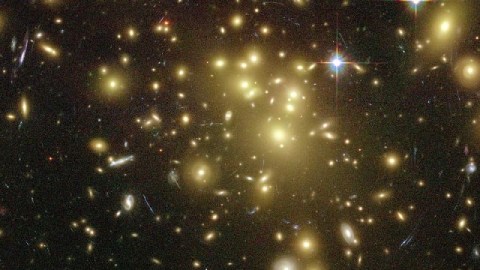Wanted: Fresh Eyes To Help Locate Space Warps

What’s the Latest Development?
Launched today (May 8) by an international team of scientists, the SpaceWarps Web site invites the public to take a look at legacy images produced by the Canada-France-Hawaii Telescope (CFHT) in hopes of identifying gravitational lenses, also known as space warps. It’s the latest in a long line of citizen science projects that uses human skills to spot things that computer algorithms can’t. For this particular project, time investment is minimal, says co-leader Aprajita Verma of Oxford University: “[W]e only need a handful of people to spot something in an image for us to say that it’s worth investigating.” Site visitors are given examples of what they’re looking for and instructions on marking images.
What’s the Big Idea?
Gravitational lenses are systems that contain galaxies so large that they bend light around them, distorting other nearby cosmic bodies. With a deeper understanding of these rare objects, astronomers can learn more about the role of dark matter in the creation of galaxies. In addition to the images from CFHT, the team wants to include those from other sky surveys, so that space enthusiasts can try their hand at locating lenses there as well.





